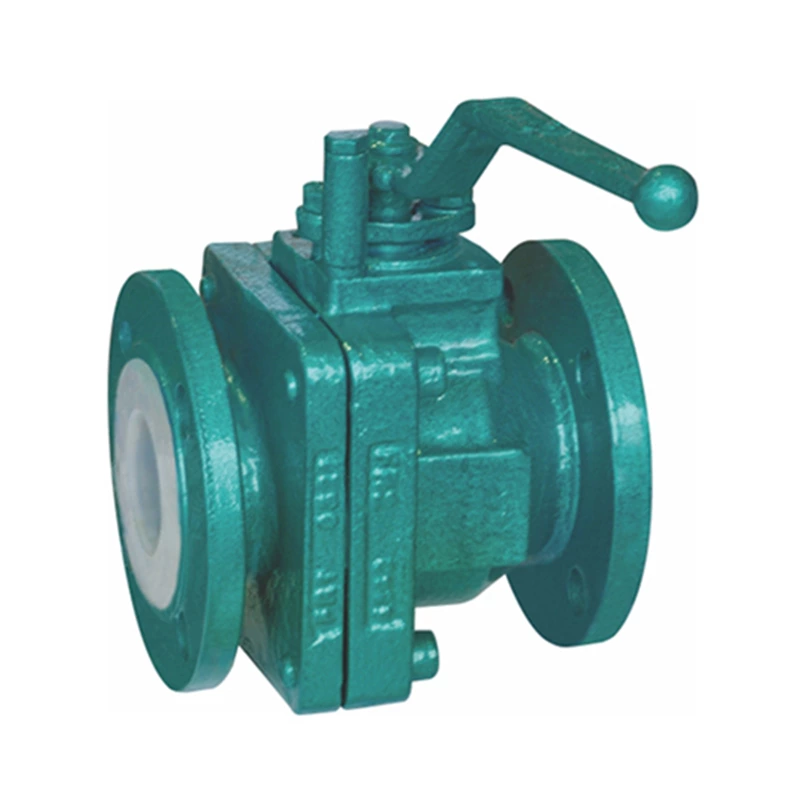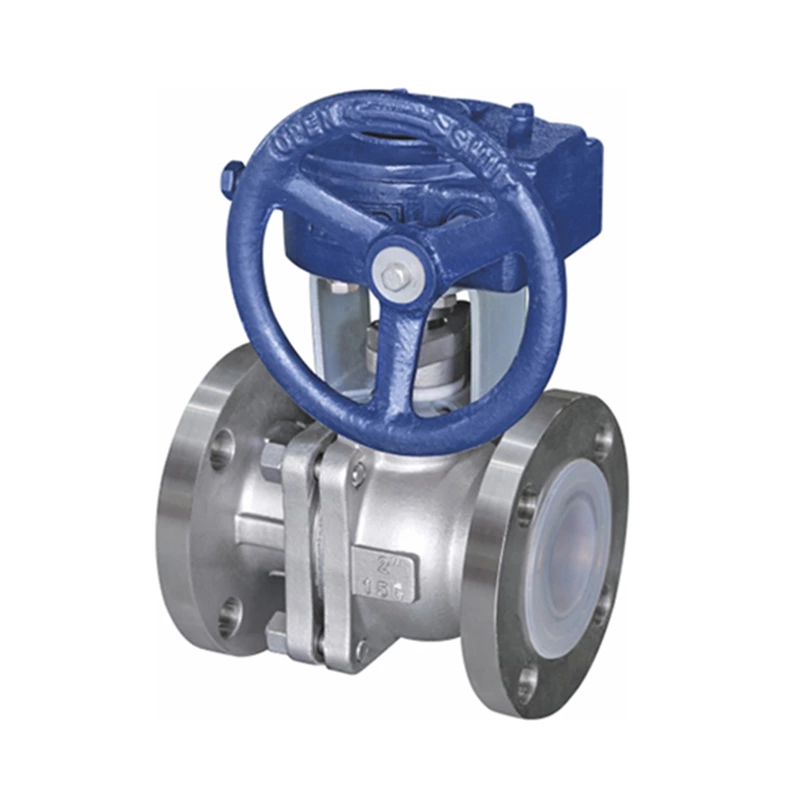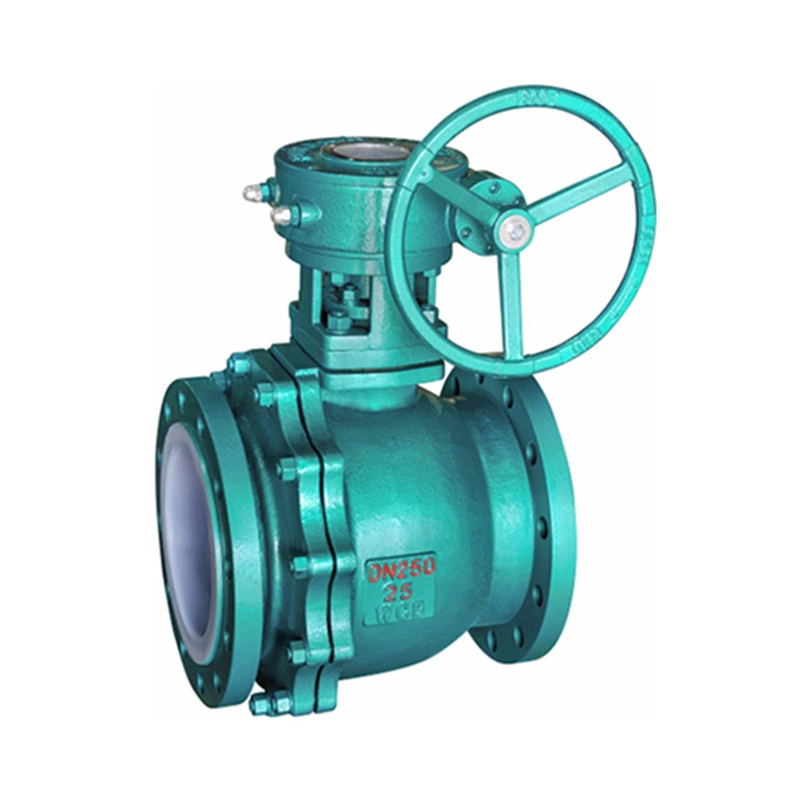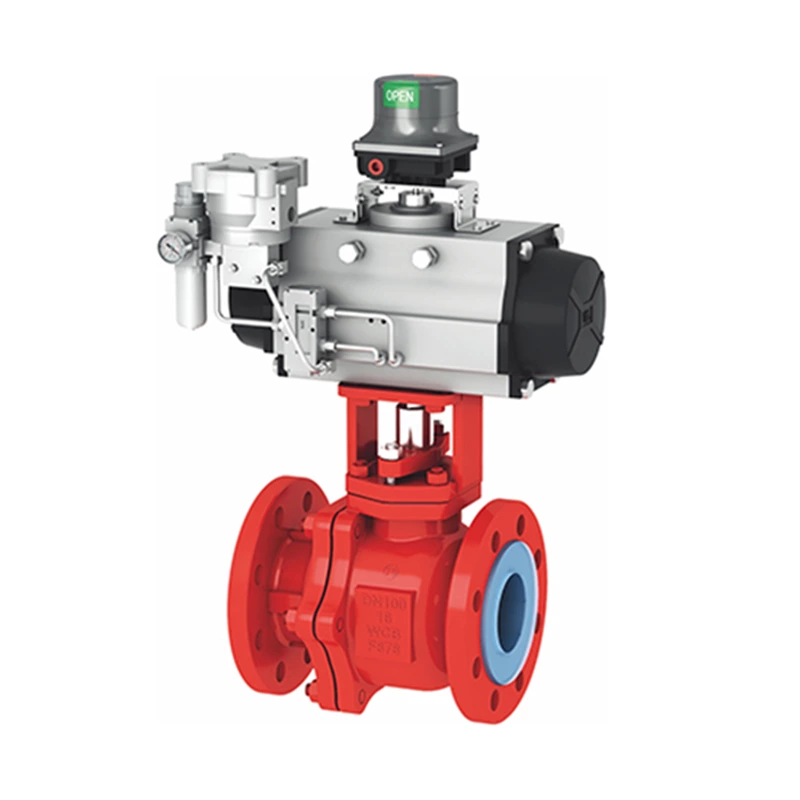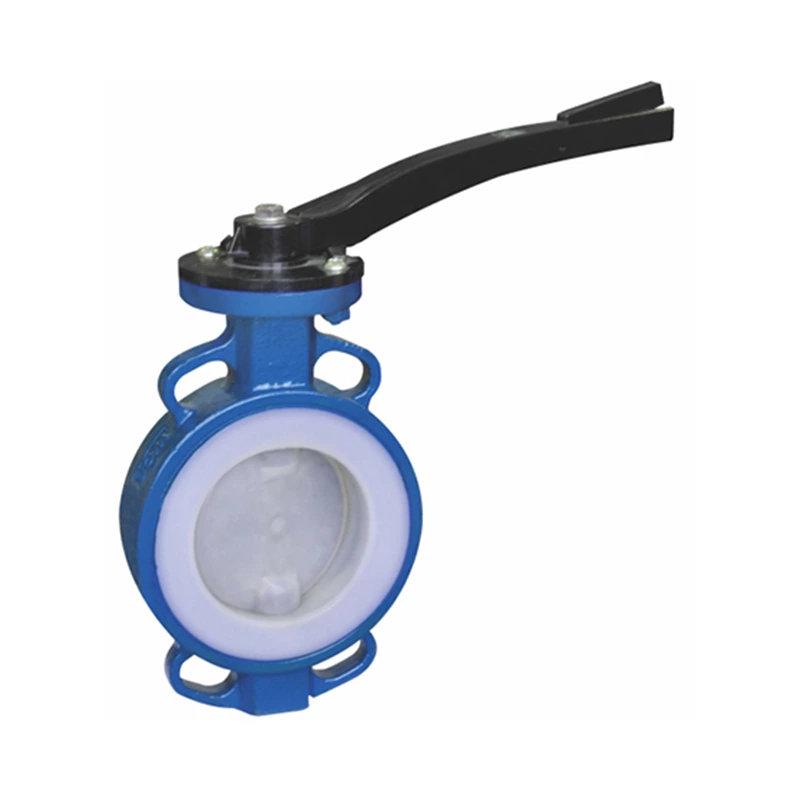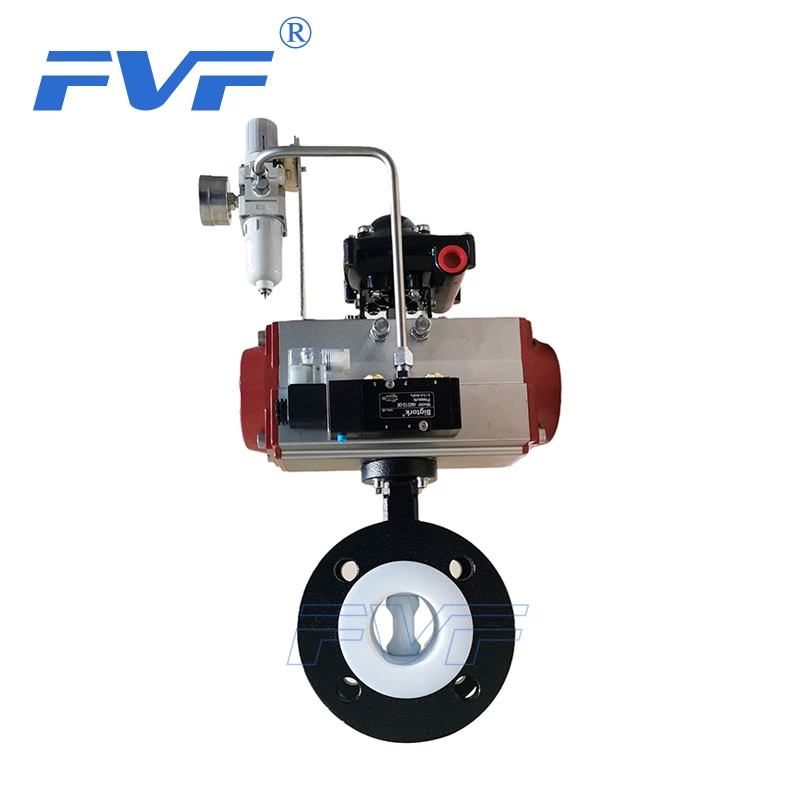What Is The Difference Between Ptfe Lined Valves And Rubber Lined Valves?
Lined Valve is a wear-resistant valve made of fluoroplastics. It uses polytetrafluoroethylene to mold or inlay on the inner wall of iron or steel. Its anti-corrosion function can be applied to various chemical pipelines.
Rubber-lined valves are used to control non-corrosive, generally corrosive and highly corrosive media. The inner surface of the valve body is unlined or covered with various fluoroplastics and various rubbers that can be selected. It is suitable for various working temperatures and fluid pipelines. Rubber-lined valves have the dual functions of switching and flow regulation. They can conveniently open and close the gas line without affecting the flow, ensuring the repeatability of the flow. It opens slowly, reducing the impact of instantaneous pipeline pressure on the instrument. It is equivalent to adding a damper, which greatly increases the service life of the needle valve.
The two valves are different in the media used. For example, fluorine-lined valves can be used for various concentrations of sulfuric acid, hydrochloric acid, hydrofluoric acid, aqua regia and various organic acids, strong acids, strong oxidants and other corrosive media, but the temperature of PTFE-lined valves is limited, only between -50 degrees Celsius and 150 degrees Celsius.
Rubber lined valves should be kept away from direct sunlight, rain, and heat sources to prevent rubber aging and deformation. When in use, the flange surfaces at both ends should be prevented from being pressed.
